Search
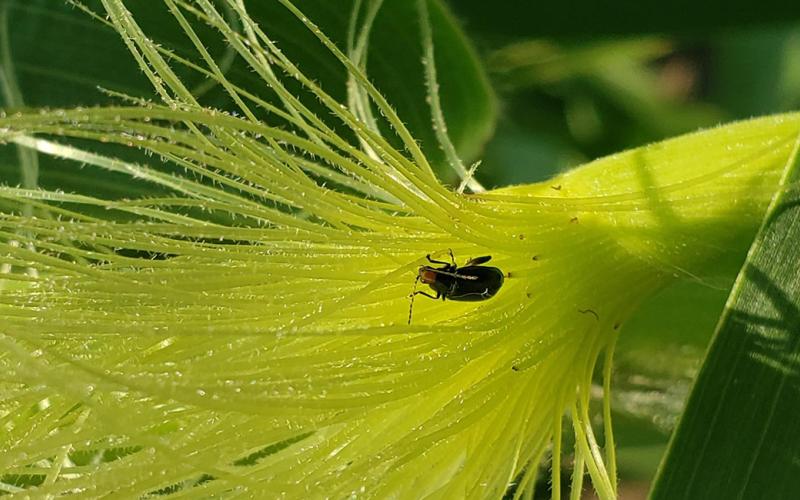
Redheaded Flea Beetles Clipping Corn Silks
While scouting corn last week, we noticed populations of redheaded flea beetles. These defoliators were removing leaf tissue, but the bigger issue with redheaded flea beetles is that they feed on corn silks as well.
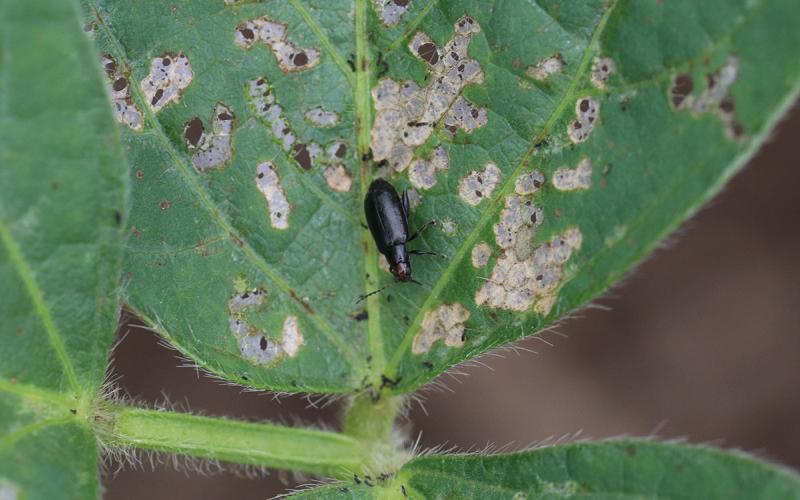
Redheaded Flea Beetles in Soybean
While scouting soybean this week, we noticed an uptick in redheaded flea beetle activity. In the fields that we scouted, defoliation levels were still very low at less than 5%.

At-Harvest and Post-Harvest Weed Management Tactics in Wheat
Many pre and postemergence herbicides did not adequately control weeds during the 2023 growing season due to early dry and hot conditions. Despite the poor control, there are still options to implement at-harvest and post-harvest to help manage weeds.
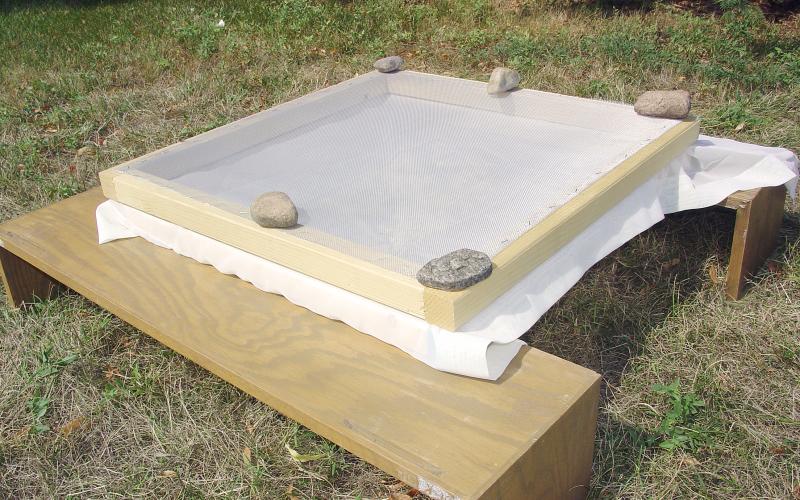
Sun-Drying – A Traditional Native American Method of Preserving Food
Curriculum developed to facilitate the education of a cultural tradition for youth in Native American and non-Native American communities.
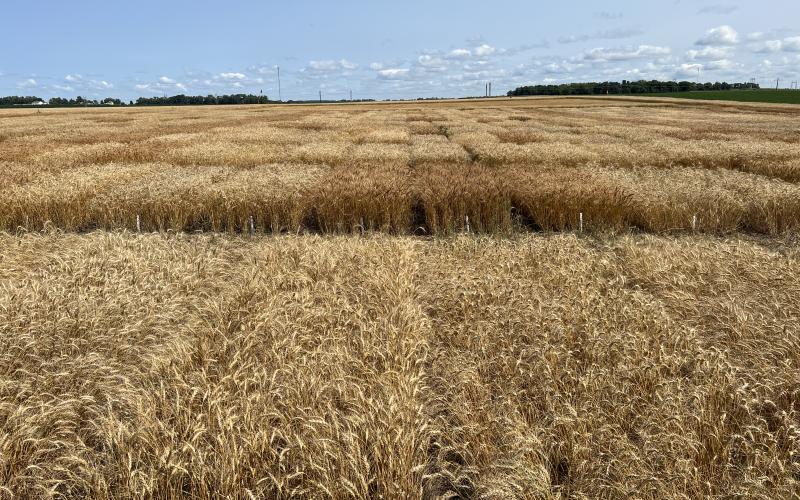
SDSU Extension to host 34th annual Winter Wheat Meeting Aug. 17 in Draper
July 26, 2023
South Dakota State University Extension and the Jones County Crop Improvement Association will host the 34th Annual Winter Wheat Meeting on Aug. 17, 2023, in Draper, South Dakota.
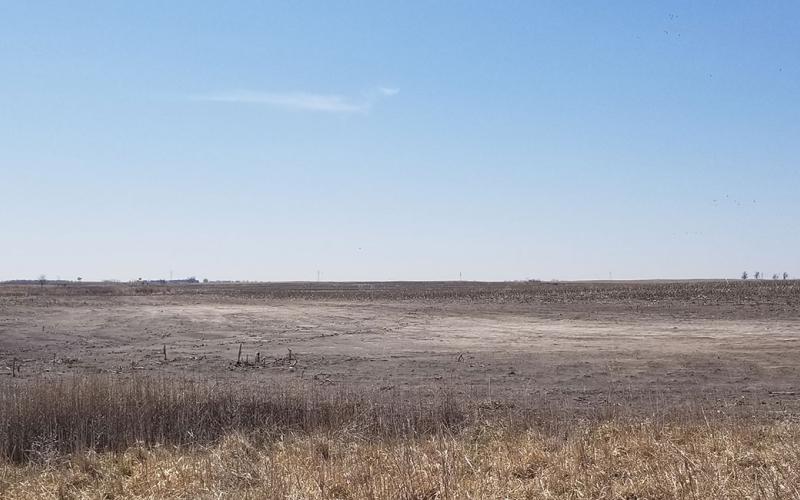
SDSU Extension hosting Every Acre Counts Bus Tour on Aug. 9
July 26, 2023
South Dakota State University Extension will host an Aug. 9 bus tour highlighting award-winning precision agricultural strategies used by farmers to mitigate saline soils while also maximizing productivity and profitability.
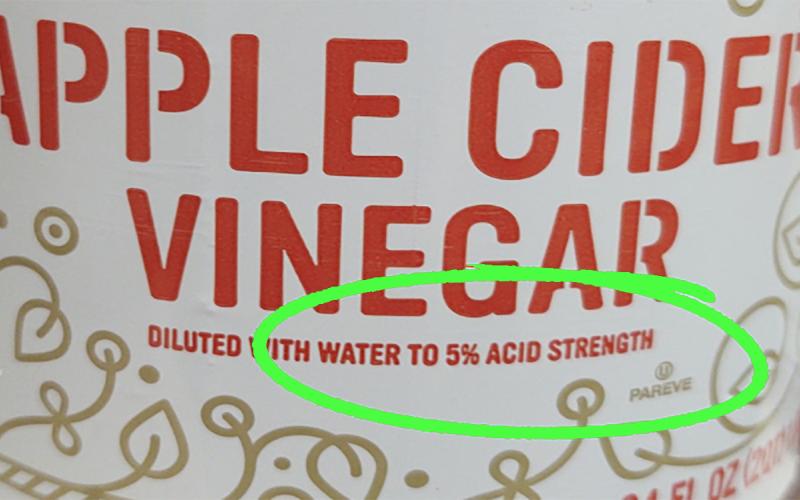
Safety Concern with Vinegar Acidity Level in Home Canning
There has been a rising concern regarding home canning and the use of 4% vinegar. Learn some important vinegar safety guidelines from the National Center for Home Food Preservation.

The Human Gut Microbiome
Our bodies are inhabited with trillions of microorganisms. But just what are these abundant microorganisms in our bodies, and what role do they play in our overall health?
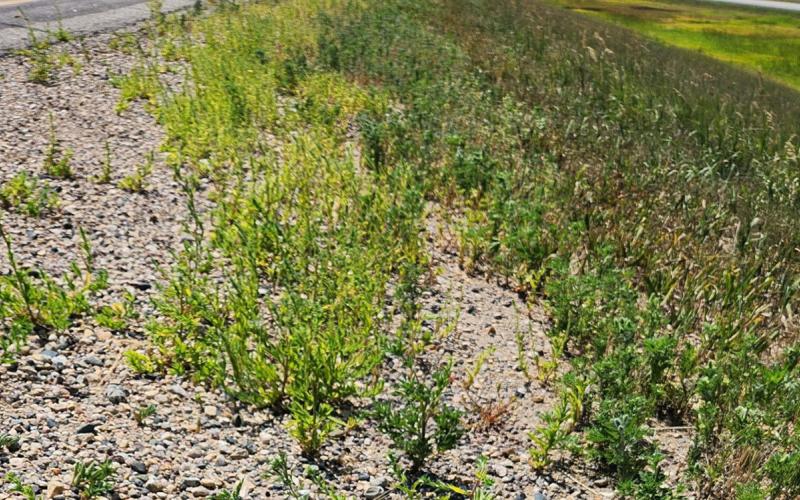
Late-Season Weed Management
At this time during the growing season, many herbicides cannot be applied to crops in the reproductive growth stage. However, weed management can still be implemented. Learn some expert tips for controlling late-season weeds.
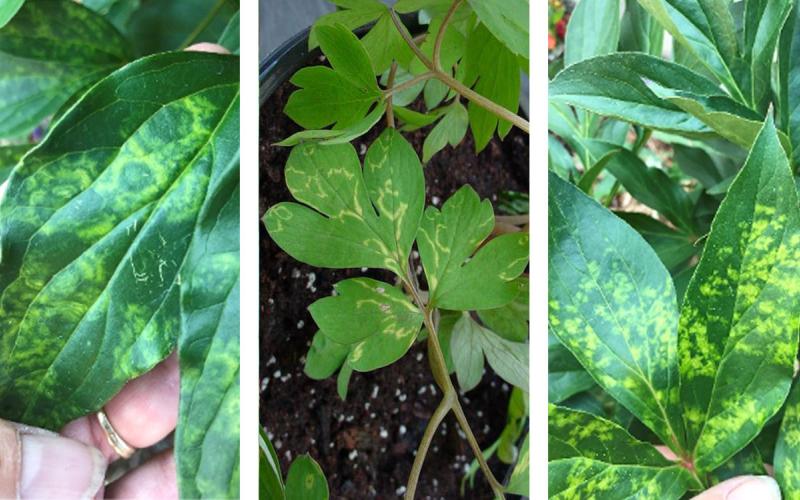
Tobacco Rattle Virus
Tobacco rattle virus is a common ornamental and vegetable virus characterized by ringspots on leaves. Learn what causes it, how to recognize symptoms, and how to prevent it from spreading in your garden.